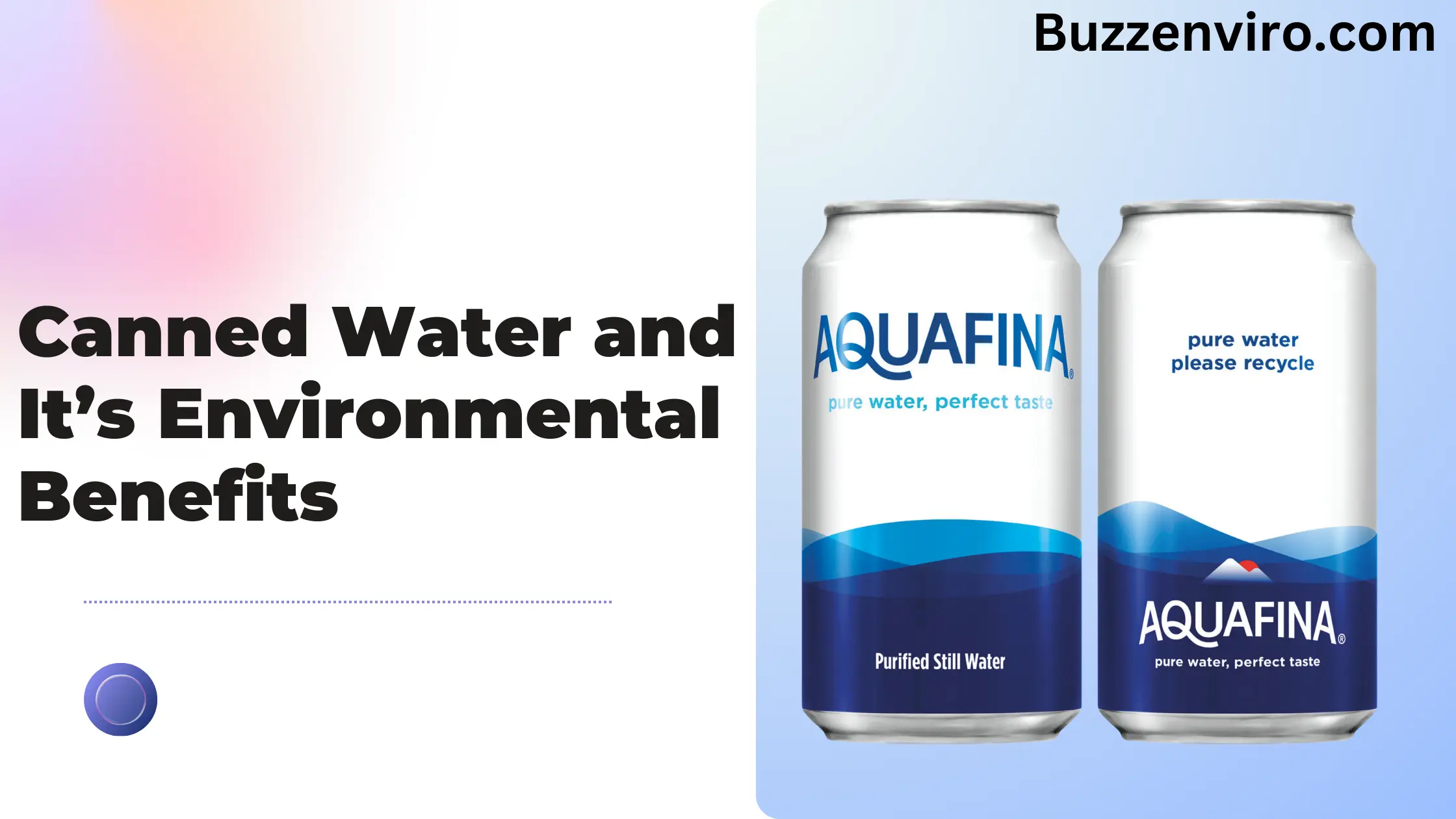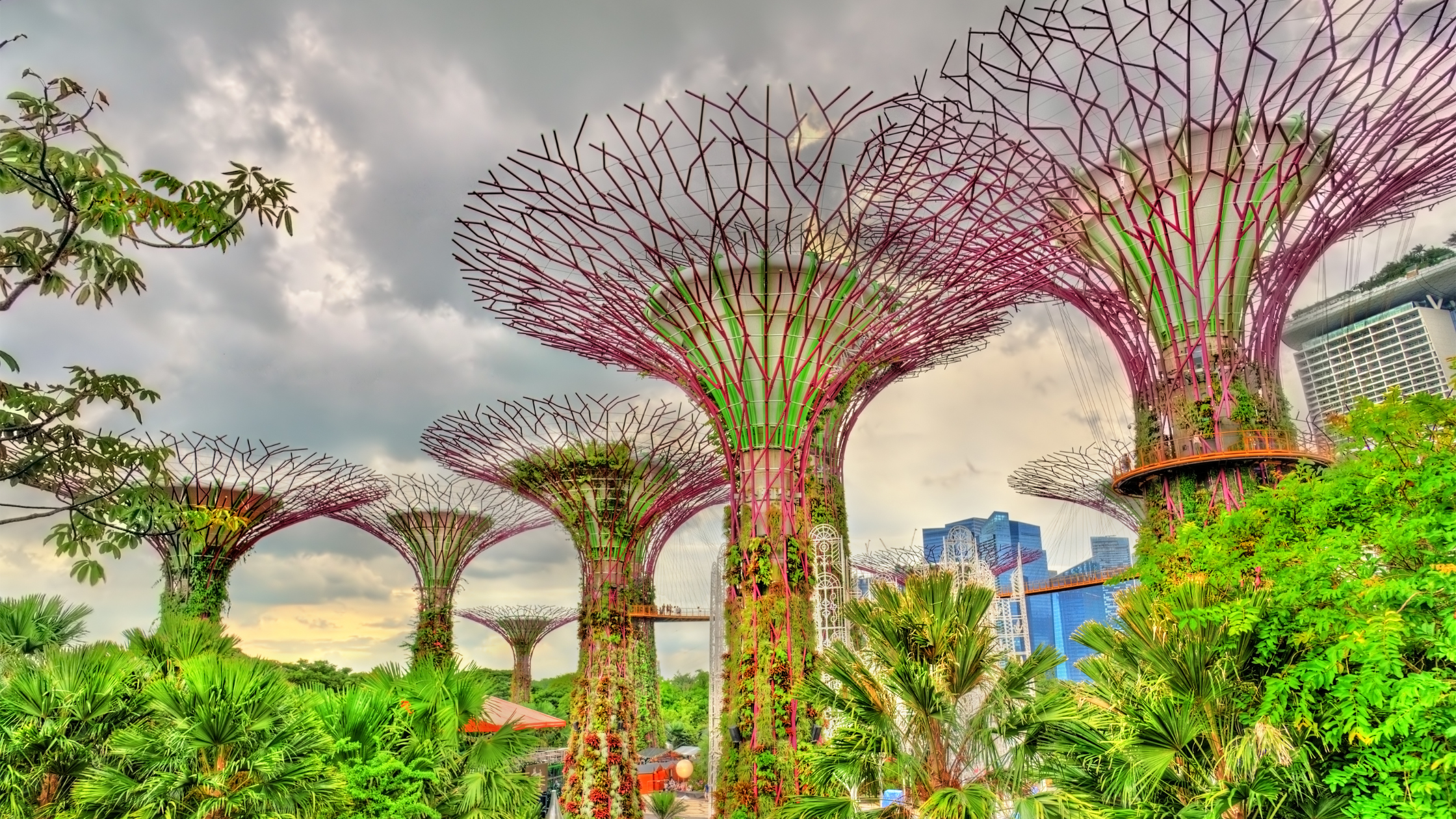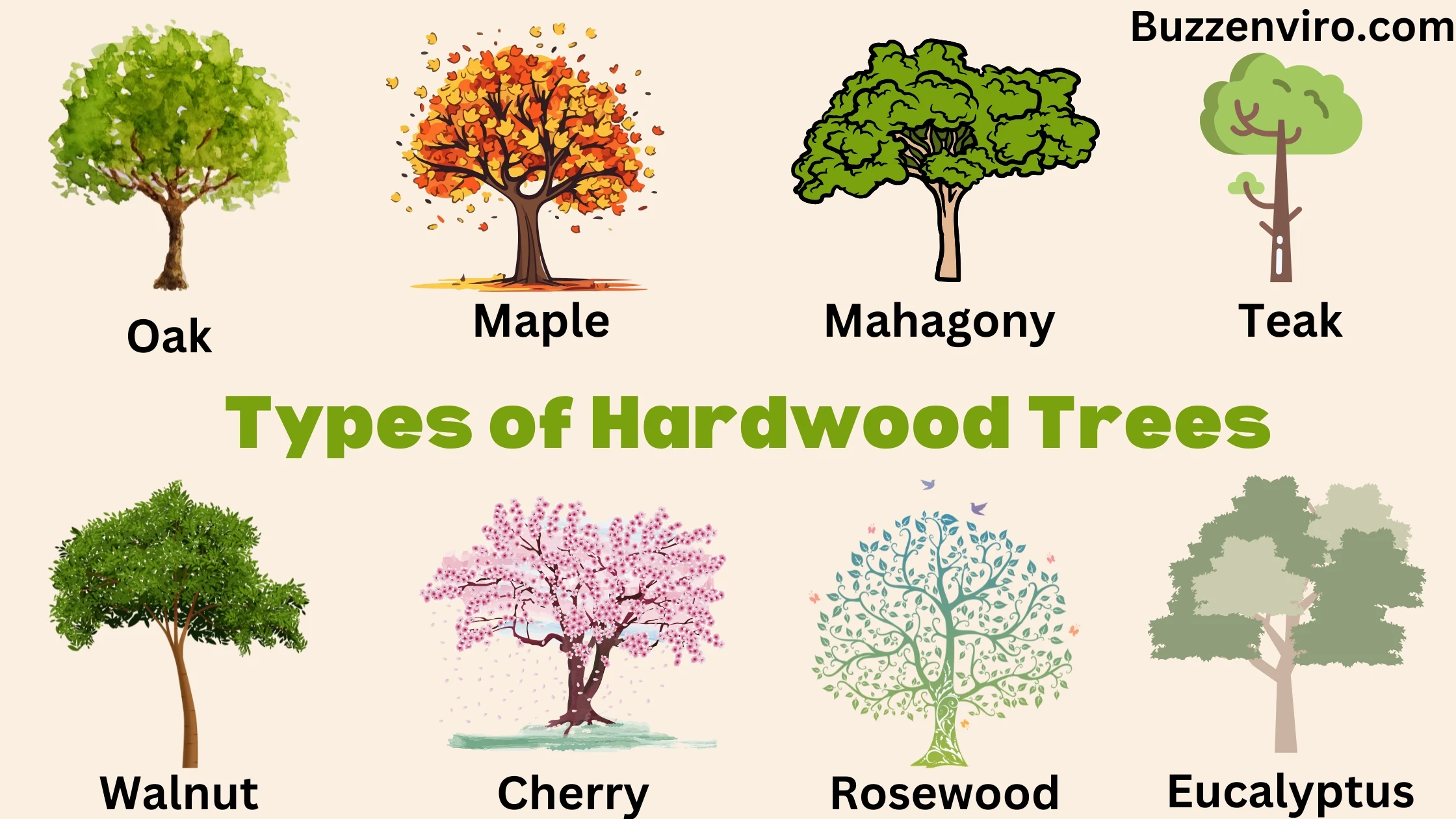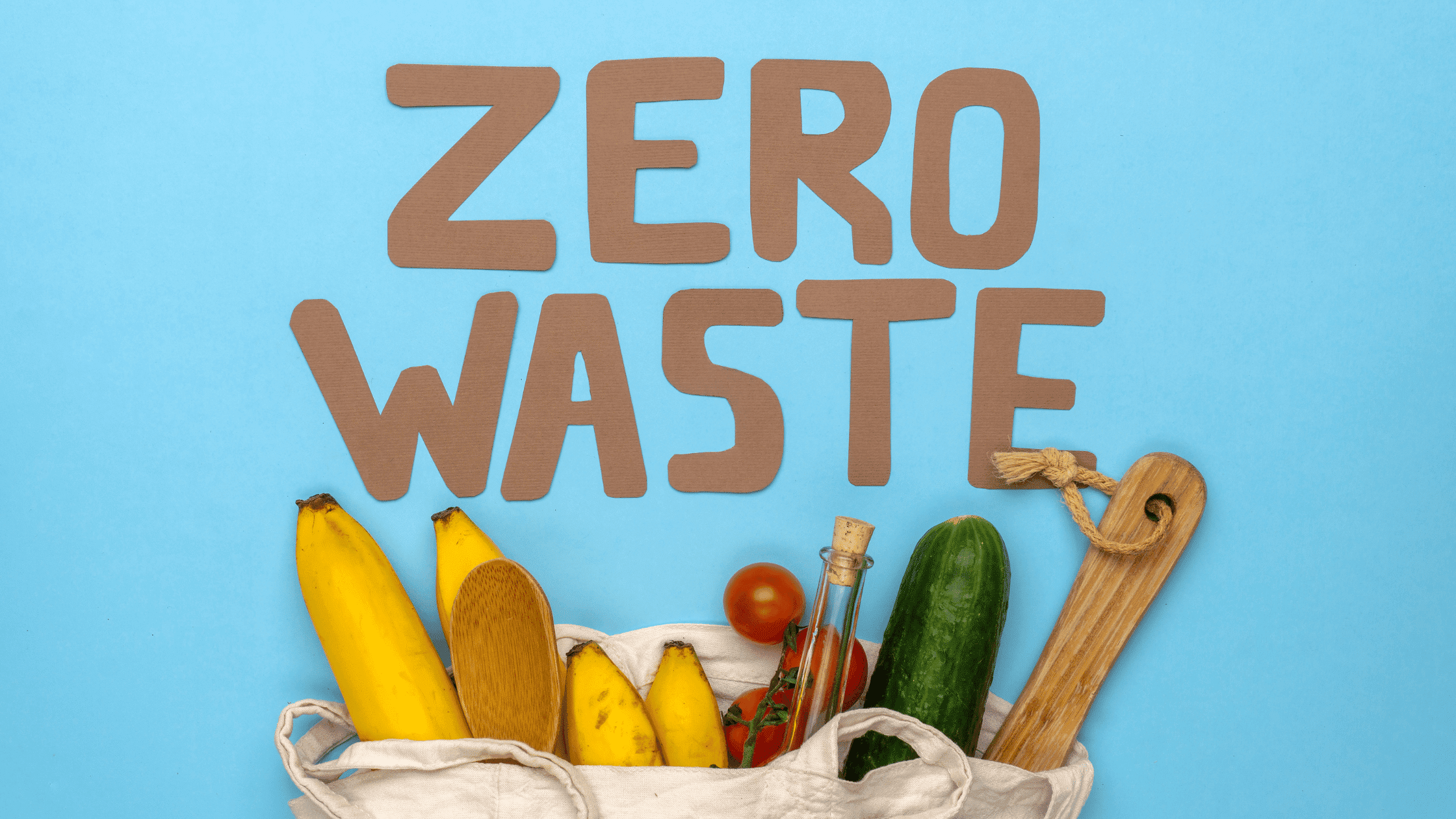Glitter has long been a symbol of celebration, creativity, and festive cheer. From holiday decorations to cosmetic products, this tiny, shimmering material brings a sparkle to many aspects of our lives. However, beneath its dazzling surface lies an environmental concern that has slowly gained attention in recent years. While glitter may appear harmless, its production, composition, and impact on the environment raise serious questions about sustainability and ecological responsibility.
In this blog, we’ll explore the fascinating world of glitter, its production process, the materials used, and how it affects the environment. We’ll also consider potential solutions to reduce its ecological footprint without sacrificing the magic that glitter brings.
What is Glitter?
At first glance, glitter may seem like an innocuous product—small, shiny flakes that enhance everything from greeting cards to makeup. But what exactly is this shiny material made of? Traditionally, glitter has been crafted from plastic, specifically polyester or PET (polyethylene terephthalate), which is known for its reflective properties. These tiny, metallic flakes are coated with dyes or pigments to achieve their brilliant sparkle. However, despite their aesthetic appeal, these synthetic materials are not biodegradable, leading to long-lasting environmental consequences.
In addition to plastic, some glitter products use aluminum for its mirror-like finish, though this variant is still problematic when it comes to waste. While aluminum itself is a relatively sustainable material in large quantities due to its recyclability, the small-scale glitter used in arts and crafts or cosmetics doesn’t often make its way into recycling streams.
How Glitter is Made?
The process behind glitter production is as intricate as it is industrial. To create these sparkling flakes, large sheets of thin plastic are first coated with a reflective layer, such as aluminum. Once the sheet has been created, it is cut into tiny shapes, ranging from squares to hexagons, and even stars. The flakes are then coated with various colors, giving each piece its dazzling hue.
While the process itself is relatively straightforward, the scale at which glitter is produced and distributed is alarming. As a popular ingredient in everything from makeup to children’s crafts, glitter is mass-produced on a global scale. Unfortunately, this scale of production is accompanied by a significant environmental footprint.
The Glitter Factory: Unveiling Its Composition
At first glance, glitter may seem like an innocuous product—small, shiny flakes that enhance everything from greeting cards to makeup. But what exactly is this shiny material made of? Traditionally, glitter has been crafted from plastic, specifically polyester or PET (polyethylene terephthalate), which is known for its reflective properties. These tiny, metallic flakes are coated with dyes or pigments to achieve their brilliant sparkle. However, despite their aesthetic appeal, these synthetic materials are not biodegradable, leading to long-lasting environmental consequences.
In addition to plastic, some glitter products use aluminum for its mirror-like finish, though this variant is still problematic when it comes to waste. While aluminum itself is a relatively sustainable material in large quantities due to its recyclability, the small-scale glitter used in arts and crafts or cosmetics doesn’t often make its way into recycling streams.
How Glitter is Made: A Closer Look at Its Production Base
The process behind glitter production is as intricate as it is industrial. To create these sparkling flakes, large sheets of thin plastic are first coated with a reflective layer, such as aluminum. Once the sheet has been created, it is cut into tiny shapes, ranging from squares to hexagons, and even stars. The flakes are then coated with various colors, giving each piece its dazzling hue.
While the process itself is relatively straightforward, the scale at which glitter is produced and distributed is alarming. As a popular ingredient in everything from makeup to children’s crafts, glitter is mass-produced on a global scale. Unfortunately, this scale of production is accompanied by a significant environmental footprint.
Environmental Impact of Glitter
Glitter contributes to plastic waste because it stays around for a long time. Most glitter doesn’t keep breaking down because it was small, to begin with. It stays the same from birth to death. Most glitter ends up in the ocean through wastewater from our homes and runoff from landfills. This includes glitter that may have been washed down your sink or tub. Then, marine species like fish eat small pieces of plastic because they can’t tell the tiny bits of plastic from their natural food. This makes microplastic one of the most common and difficult to get rid of pollutants in the world.
As these plastics build up in the food chain, people end up eating about the amount of plastic on a credit card every week, mostly through the water they drink and the fish they eat.
The Dark Side of Glitter: Is it Harmful to the Environment?
Glitter’s environmental impact is not immediately apparent, but over time, its accumulation poses a serious threat. Since the material is made primarily of plastic, it does not break down naturally in the environment. As glitter particles find their way into water systems—whether through the washing off of cosmetic products, runoff from decorative items, or waste from industries that use glitter—they contribute to the growing issue of microplastic pollution.
Microplastics, which are tiny plastic particles less than 5 millimeters in size, have been found in oceans, rivers, and even in the air we breathe. These particles are often ingested by marine life, causing harm to aquatic ecosystems. As glitter is essentially a microplastic, its presence in the environment worsens the already pressing issue of plastic pollution.
Beyond water ecosystems, glitter can also be harmful to wildlife. Birds, fish, and other animals may mistake these sparkling particles for food. Ingesting these materials can lead to malnutrition, injury, or even death. Furthermore, glitter doesn’t just linger in aquatic environments—it can also settle in soil, contributing to the overall toxicity of ecosystems.
Also Read:- Soil Pollution and Its Environmental Impact
The Hidden Cost of Glitter: A Microplastic Problem
While glitter’s primary issue lies in its plastic composition, it’s important to note that it’s not the only culprit in the microplastic pollution crisis. However, its small size and widespread use amplify the problem. Many glitter particles are smaller than 5 millimeters, which makes them difficult to capture in conventional waste treatment systems, contributing further to water and land pollution.
Additionally, when glitter-coated items are disposed of or washed away, they often enter wastewater systems, which, in most cases, are not equipped to handle microplastics. As a result, glitter ends up in rivers, lakes, and oceans, where it poses a long-term environmental challenge.
Sustainable Alternatives to Glitter
The good news is that there are sustainable alternatives that can help reduce its environmental impact. Here are some options:
1. Biodegradable Glitter:

Biodegradable is made from natural materials such as plant cellulose, which means it can break down naturally in the environment. This type of glitter is a sustainable alternative to traditional plastic glitter and is available in a variety of colors and shapes.
2. Mica-based Glitter:

Mica is a naturally occurring mineral that can be used to create a sparkly effect in cosmetics and crafts. Mica-based glitter is a sustainable alternative to plastic glitter and is available in a variety of colors and textures.
3. Edible Glitter:

Edible is a term that is made from food-grade ingredients and can be used in baking and other food applications. This type of glitter is safe for consumption and can be a fun way to add sparkle to food and drinks.
4. Natural Materials:

Natural materials such as dried flowers, leaves, and petals can be used to create a sparkly effect in crafts and other applications. These materials are sustainable and can add a unique and natural touch to projects.
Conclusion
Glitter may seem like an innocent, sparkly addition to our world, but its environmental consequences are hard to ignore. As we continue to navigate the growing issue of plastic pollution, it’s important to be mindful of the materials we use and the long-term impact they have on the planet. The good news is that sustainable alternatives are available, and as consumers, we have the power to support these innovations by choosing products that align with our values.
Whether it’s biodegradable glitter made from plant-based materials or simply reducing our glitter consumption, small changes can add up to a big impact. After all, we can still enjoy the beauty and magic of glitter, but we can do so in a way that’s kind to our planet.
By making informed choices, we can ensure that future generations continue to enjoy the sparkle of glitter without paying the environmental price.






